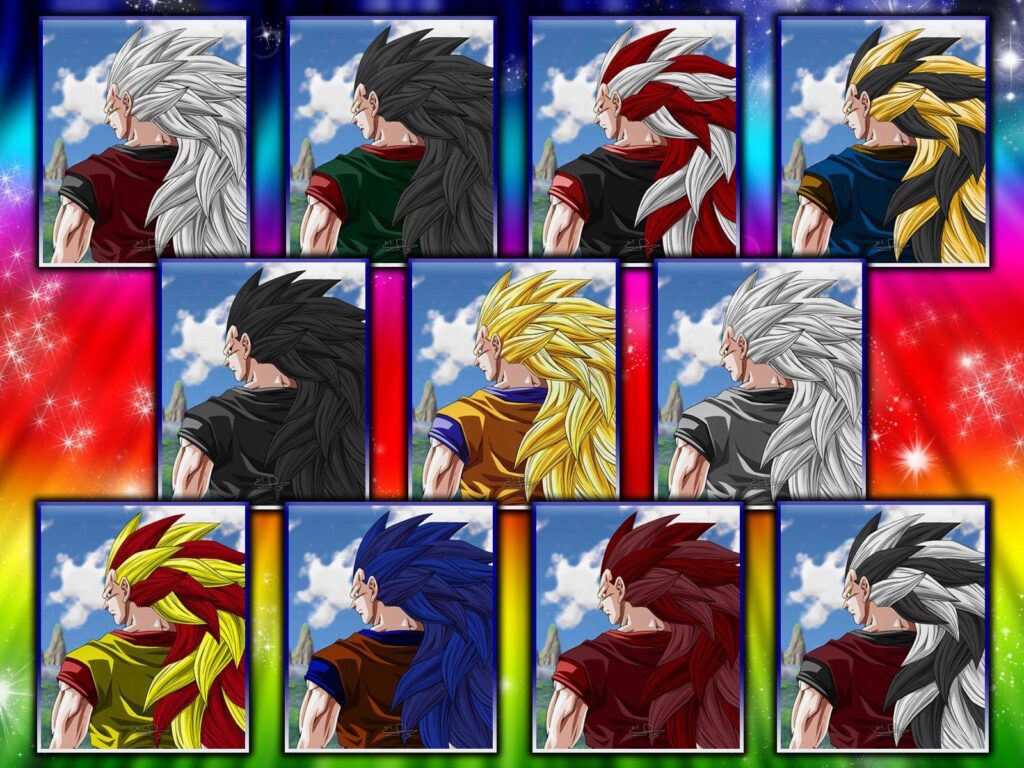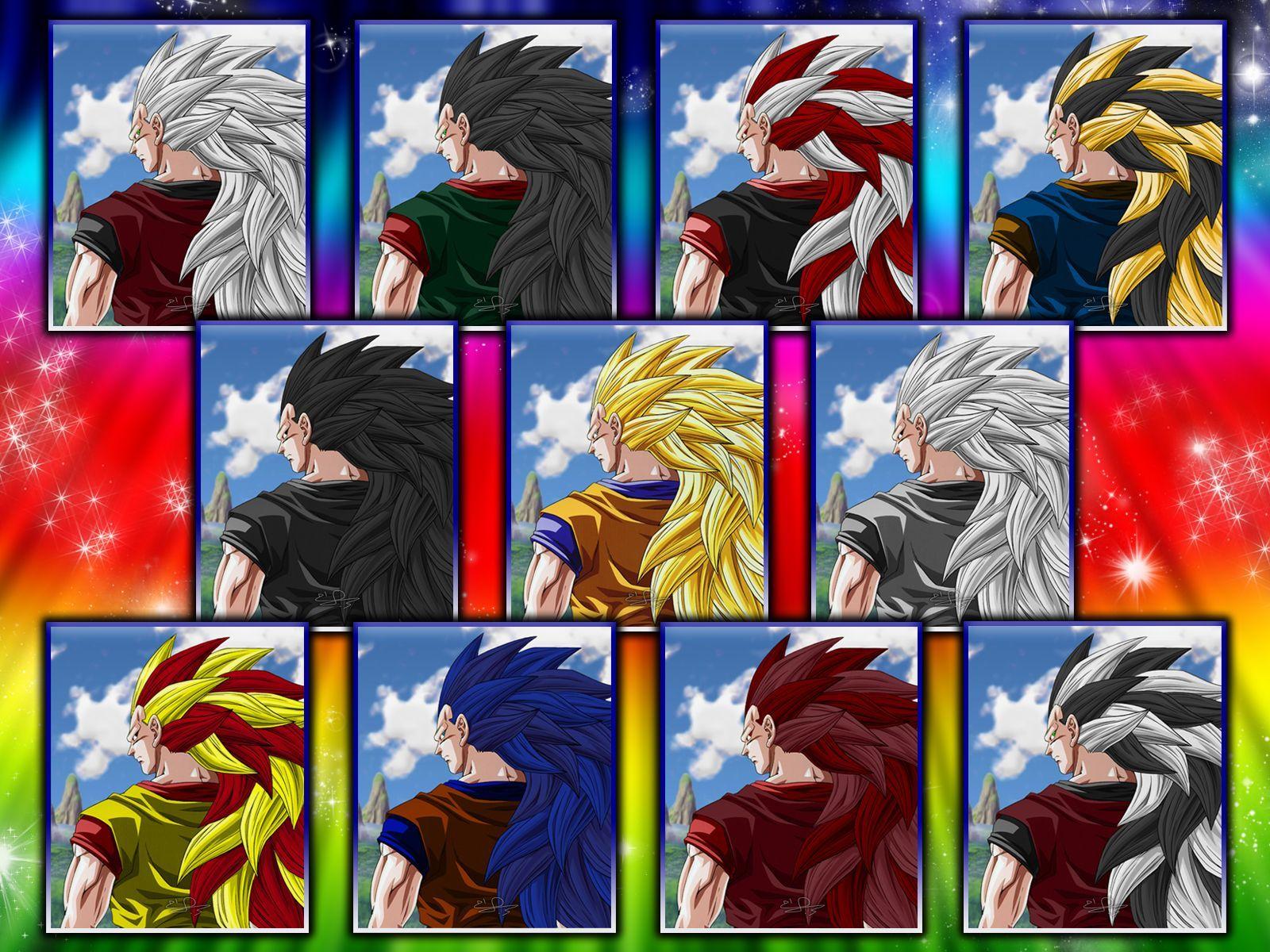
What is Dragon Ball AF? Unraveling the Fan-Made Phenomenon
The world of Dragon Ball is vast, filled with iconic characters, epic battles, and a dedicated fanbase that spans generations. But within this universe, a peculiar legend has taken root: Dragon Ball AF. What exactly *is* Dragon Ball AF? It’s not an official continuation of Akira Toriyama’s beloved manga and anime series. Instead, it’s a sprawling, fan-created project that has captivated and confused fans for years. This article dives deep into the origins, evolution, and enduring appeal of this unofficial sequel.
The Birth of a Legend: A Fan-Made Beginning
The story of Dragon Ball AF begins in the late 1990s and early 2000s, a time when the internet was rapidly expanding and fan communities were flourishing. With the conclusion of Dragon Ball GT in 1997, many fans were left wanting more. This void created an opportunity for creative individuals to explore their own visions of what came next. The initial spark for Dragon Ball AF came from fan art, particularly images depicting Super Saiyan 5 Goku. These early images, often circulated on forums and image boards, fueled speculation and excitement about a potential new series.
One of the earliest and most influential contributors to the Dragon Ball AF phenomenon was Toyble (also known as Toyotarou). His doujinshi (fan-made manga) series, *Dragon Ball AF*, presented a more coherent and visually appealing version of the story. Toyble’s work gained significant traction, helping to solidify the concept of Dragon Ball AF in the minds of fans. It’s important to note that Toyble is now involved in the official Dragon Ball franchise, illustrating the *Dragon Ball Super* manga.
Key Elements of the Dragon Ball AF Mythos
While there’s no single, definitive version of Dragon Ball AF, certain elements have become recurring themes and motifs within the various fan creations. Understanding these elements is crucial to grasping the overall concept:
- Super Saiyan 5: Arguably the most iconic element, Super Saiyan 5 is a fan-created transformation beyond Super Saiyan 4. The design often features long, white hair and a more primal, animalistic appearance.
- New Villains: Dragon Ball AF introduces a host of new villains, often depicted as being even more powerful than previous antagonists like Frieza, Cell, and Buu. These villains frequently have connections to the Saiyan race or possess unique and formidable abilities.
- Goku’s Continued Power: In many versions of Dragon Ball AF, Goku continues to push his limits, achieving new levels of power and mastering techniques that surpass even the gods.
- The Return of Old Characters: Some fan stories bring back deceased characters like Raditz or explore the potential of underutilized characters like Tien Shinhan and Yamcha.
Why Dragon Ball AF Resonates with Fans
The enduring popularity of Dragon Ball AF can be attributed to several factors:
- Filling the Void: After Dragon Ball GT ended, fans yearned for more stories and adventures featuring their favorite characters. Dragon Ball AF provided a creative outlet to explore those possibilities.
- Creative Freedom: Unlike official sequels, Dragon Ball AF isn’t bound by the constraints of canon. This allows fans to explore unconventional storylines, introduce new characters, and push the boundaries of the Dragon Ball universe.
- Community Engagement: Dragon Ball AF is a collaborative effort, with countless artists, writers, and fans contributing their own interpretations and ideas. This sense of community fosters a strong connection among fans.
- The Power of Imagination: At its core, Dragon Ball AF is a testament to the power of imagination. It demonstrates how fans can take a beloved franchise and create something new and exciting through their own creativity.
Dragon Ball AF vs. Dragon Ball Super: The Official Sequel
In 2015, Toei Animation officially revived the Dragon Ball franchise with *Dragon Ball Super*. This marked the first new animated series in 18 years and served as a direct sequel to Dragon Ball Z, effectively disregarding the events of Dragon Ball GT. The arrival of *Dragon Ball Super* inevitably led to comparisons with Dragon Ball AF.
While *Dragon Ball Super* introduced new transformations like Super Saiyan God and Ultra Instinct, some fans felt that it didn’t quite capture the same raw energy and intensity as the fan-made Dragon Ball AF. Others appreciated the more structured and consistent storytelling of the official sequel. Ultimately, the choice between *Dragon Ball Super* and Dragon Ball AF comes down to personal preference.
The Evolution of Fan Content: From Drawings to Full-Fledged Projects
Over the years, Dragon Ball AF has evolved from simple fan art to more ambitious projects, including fan-made manga, animations, and even video games. These projects showcase the dedication and talent of the Dragon Ball fanbase.
One notable example is the *Dragon Ball AF* manga series created by a fan artist known as “djjohn.” This series features a detailed storyline, impressive artwork, and a cast of original characters. While it’s not officially endorsed by Toei Animation or Akira Toriyama, it demonstrates the potential of fan-made content.
The Legal Landscape: Copyright and Fan Creations
It’s important to acknowledge the legal considerations surrounding fan-made content like Dragon Ball AF. Copyright laws protect the intellectual property of creators, including characters, storylines, and artwork. While fan creations are often seen as harmless expressions of appreciation, they can potentially infringe on copyright if they are used for commercial purposes or if they significantly replicate the original work.
Most copyright holders, including Toei Animation and Akira Toriyama, tend to tolerate fan creations as long as they are non-profit and don’t directly compete with official products. However, it’s always advisable to be mindful of copyright laws and to avoid any activities that could be construed as infringement.
The Enduring Legacy of Dragon Ball AF
Despite its unofficial status, Dragon Ball AF has left a lasting impact on the Dragon Ball fandom. It has inspired countless artists, writers, and fans to create their own stories and interpretations of the Dragon Ball universe. It has also demonstrated the power of fan communities to shape and influence the perception of a beloved franchise.
While Dragon Ball AF may never become an official part of the Dragon Ball canon, its legacy will continue to live on through the countless fan creations that it has inspired. It serves as a reminder that the spirit of creativity and imagination knows no bounds.
Conclusion: More Than Just a Fan Project
So, what is Dragon Ball AF? It’s more than just a fan project; it’s a cultural phenomenon. It represents the passion, creativity, and dedication of the Dragon Ball fanbase. It’s a testament to the power of imagination and the enduring appeal of Akira Toriyama’s iconic creation. Whether you’re a longtime fan or a newcomer to the Dragon Ball universe, Dragon Ball AF offers a fascinating glimpse into the world of fan-made content and the boundless possibilities of creative expression. The very concept of Dragon Ball AF keeps the enthusiasm alive. The influence of Dragon Ball AF is undeniable. It remains a significant talking point among fans. Thinking about Dragon Ball AF brings back memories. The enduring popularity of Dragon Ball AF shows the power of the fans. The many interpretations of Dragon Ball AF make it unique. Exploring Dragon Ball AF is a journey into fan creativity. The history of Dragon Ball AF is intertwined with the internet’s growth. The idea behind Dragon Ball AF is simple: more Dragon Ball. Considering the impact of Dragon Ball AF, it’s clear it resonated deeply.
[See also: Dragon Ball Super: A Comprehensive Guide]
[See also: The Strongest Characters in Dragon Ball Z]
[See also: Akira Toriyama: The Mastermind Behind Dragon Ball]

